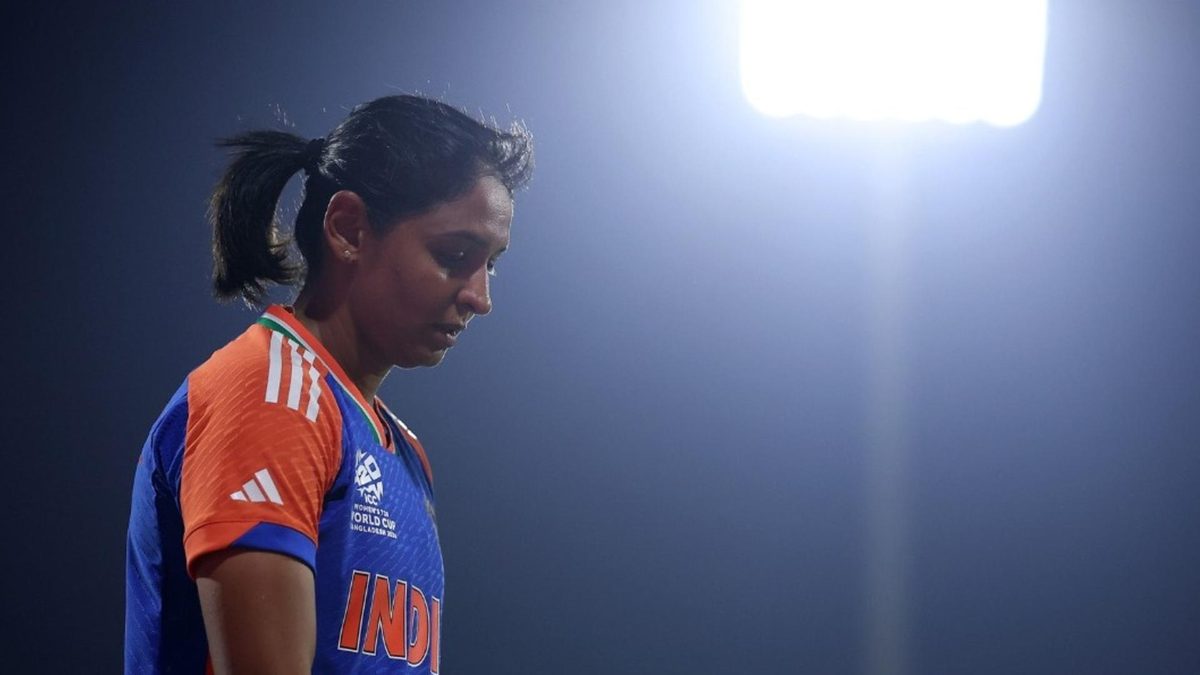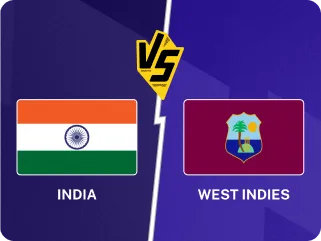
India were eliminated from the 2024 Women's T20 World Cup at the earliest opportunity, failing to reach the top two positions in Group A after losses to New Zealand and Australia. Here's where their campaign went wrong.
Imbalanced batting lineup
India’s batting line-up is front-loaded, with all four hitters in the side batting in the top four. Shafali Varma, Smriti Mandhana, Jemimah Rodrigues and Harmanpreet Kaur - the latter two switching positions between Nos. 3 and 4 through the tournament - have plenty of experience, having played different leagues across the globe. But, losing three quick wickets early on would leave India with little to fall back on, unlike say, Australia, who have Annabel Sutherland batting as low as No.8.
Barring Richa Ghosh, who is yet to find the consistency required of her, India’s lower-middle order is comprised of batters who are not the best strikers. While Deepti Sharma has found success in franchise leagues up the order, she has yet to find the same power for India, with a T20I strike rate of 103.88, hitting just seven sixes in 78 innings thus far. That lack of potential for quick runs down the order pressurised those at the top, especially on low-scoring pitches. This was evident in India's game against Australia, with Kaur forced to farm the strike once Sharma was out as the fourth wicket to fall.
READ: Women's T20 World Cup points table
Failure to adapt to conditions
There were occasions when India failed to put their foot on the pedal and switch to second gear. Against Pakistan, India were four down, needing 26 off 27 balls. There was an opportunity there to better their NRR after their loss in their opening game to New Zealand, which could've been crucial later in the stage. However, there was no urgency. After Ghosh departed in the 16th over, Deepti Sharma walked out to bat rather than Sajeevan Sajana, who impressed with her big-hitting in the WPL. Deepti scored an eight-ball seven without any boundaries as India eventually won with seven balls to spare.
After the win, Mandhana said India did not want to lose a lot of wickets in the run chase and that they would “take the win”. While the match had eventually no larger impact on India’s qualification chances or their Net Run Rate, the safety-first approach could have proven disastrous if indeed it came down to that. Equally, there were also times, like in the match against Pakistan, where they failed to adapt to conditions which weren't conducive to hitting out. Against New Zealand, batter after batter holed out, instead of taking a steep run chase deep into the innings.
Fitness and fielding
India dropped as many as five catches in the T20 World Cup, most of which had a heavy impact on the game they occured in. Against New Zealand, Suzie Bates got a life when wicketkeeper Ghosh, despite settling under the ball, ended up making a mess of the chance. Against Australia, a team you simply cannot give second chances to, India gave Tahlia McGrath and Phoebe Litchfield a lifeline each. Litchfield ended up making seven in the next two balls she faced after the drop, runs that cost India in the end.
Besides the dropped catches, there were plenty of misfields, allowing for easy singles and twos. The India fielders even conceded easy boundaries, their lack of diving efforts even infuriating Harmanpreet during the first game against New Zealand. There were as many as three run outs against Australia as well, and India desperately needs to work on improving this aspect of their game. On pitches where every run counted, and batters were forced to run plenty between the wickets, those fielding mistakes compiled to be significant.
Lack of game awareness
The dying moments of the India-Australia clash were frustrating for the viewers as their game awareness and instinctive decision-making let them down. Ghosh was run out while attempting a non-existent run, a game-changing moment.
By the end, India needed 14 off the last six balls, with Harmanpreet on strike. What followed was bizarre: She took a single to give Vastrakar, who has hit just five T20I sixes, the strike. India lost two wickets, the second was Arundhati Reddy, who took a run to put Harmanpreet back on strike. With the equation reducing to 13 off three, it was Harmanpreet who needed to play out all the balls. But, instead, she took another single, bringing No.9 Shreyanka Patil on strike for the last two balls.
Over the years, during the innumerable so-close-yet-so-far finishes, India’s planning in pressure situations have let them down. The 2024 T20 World Cup was no different.
Follow Wisden for all cricket updates, including live scores, match stats, quizzes and more. Stay up to date with the latest cricket news, player updates, team standings, match highlights, video analysis and live match odds.








